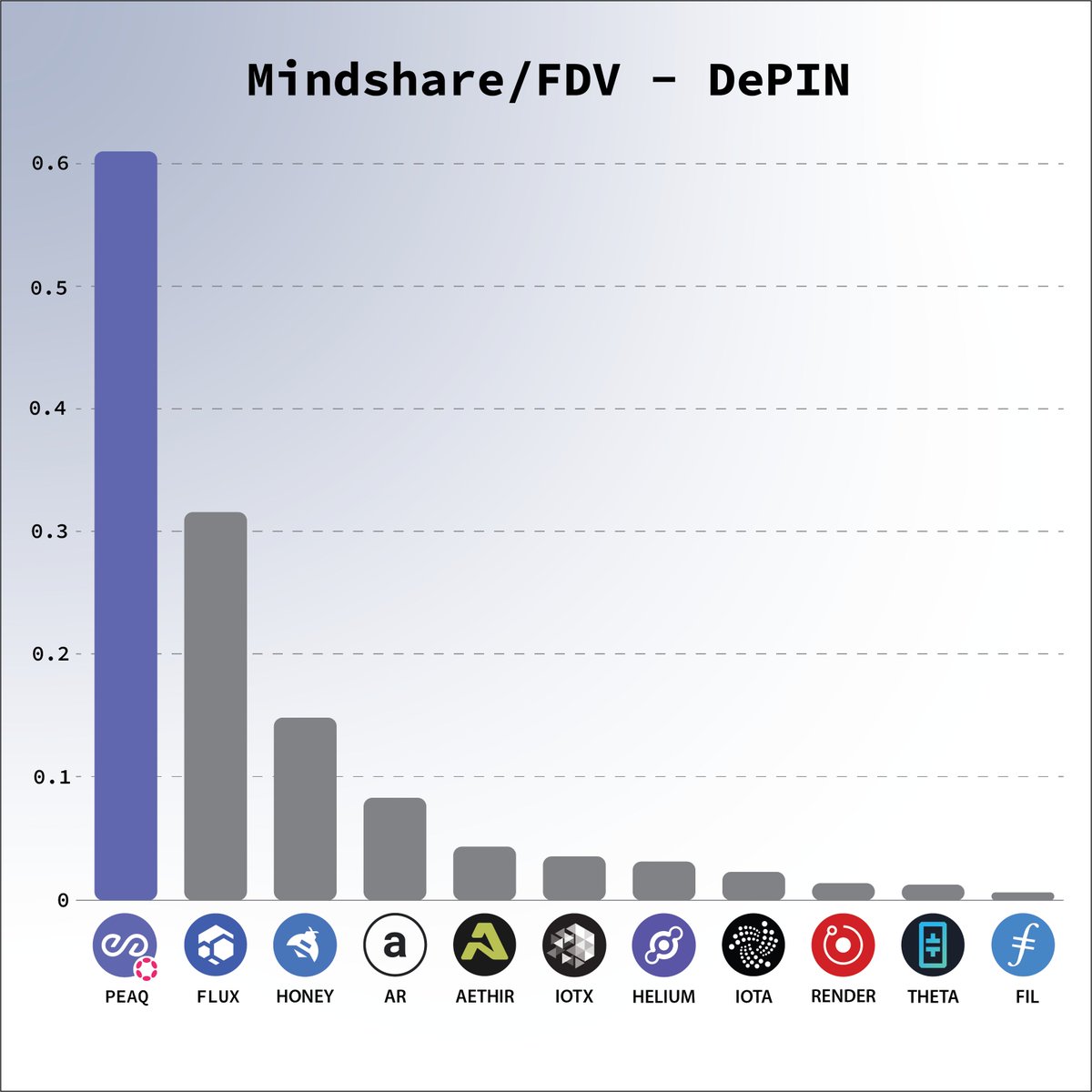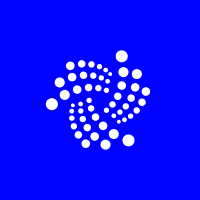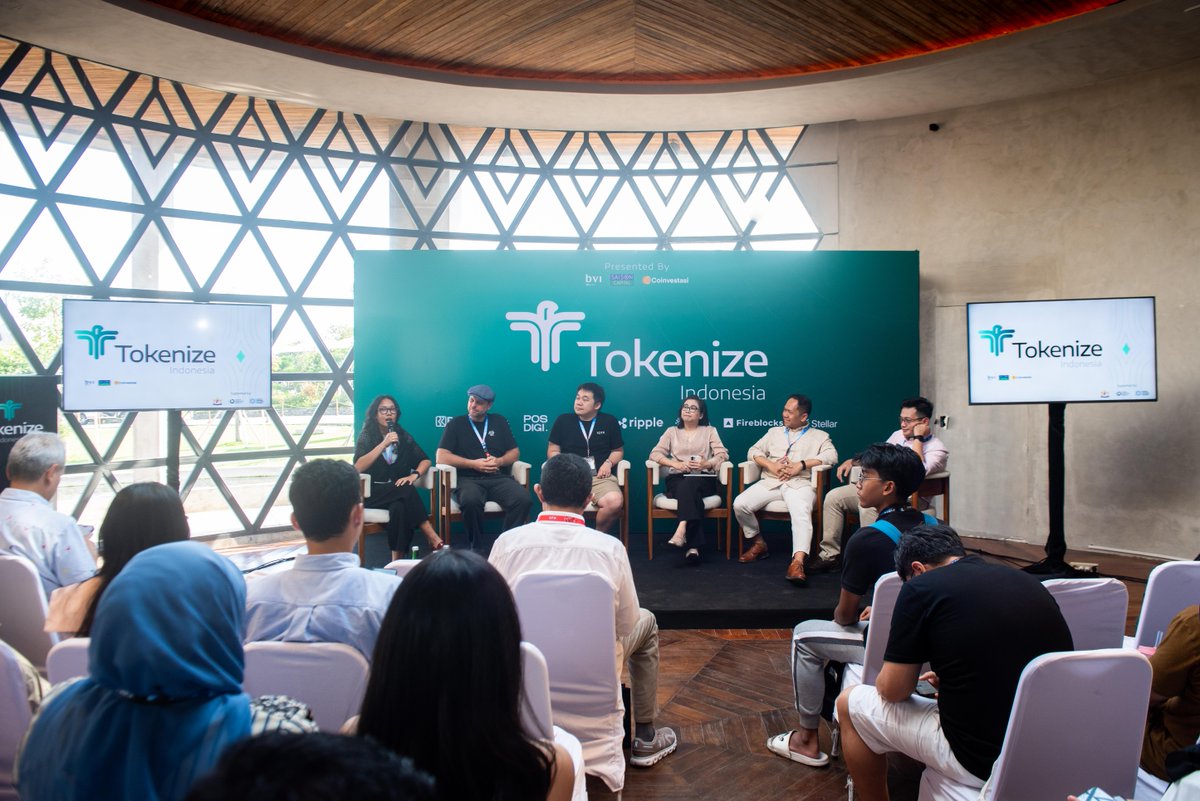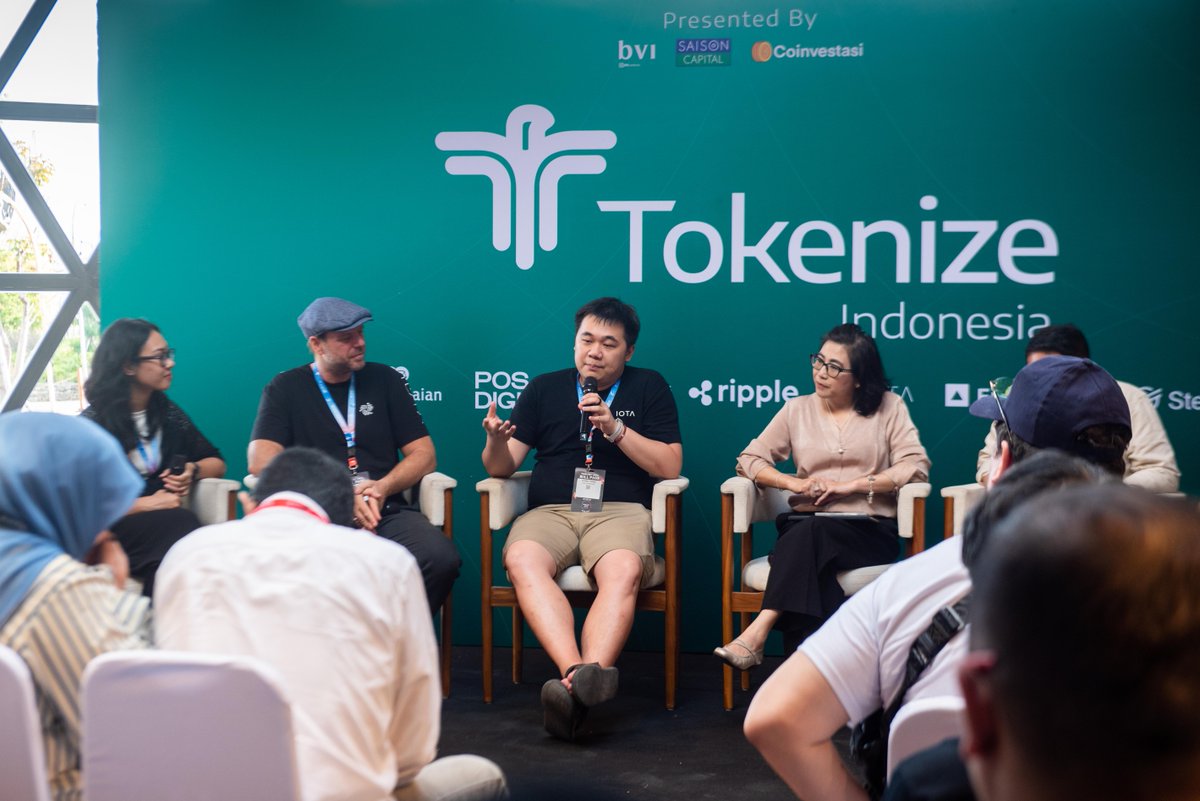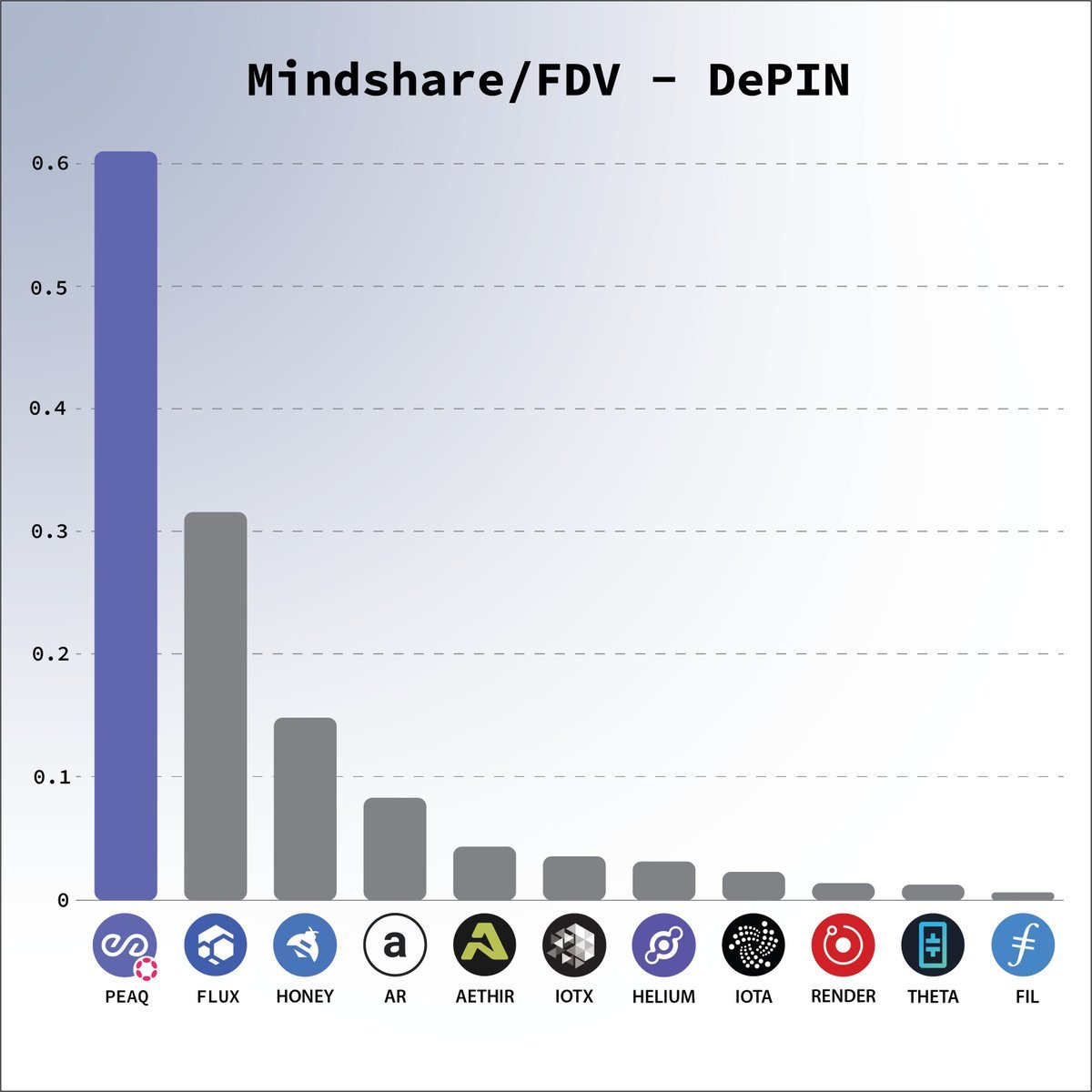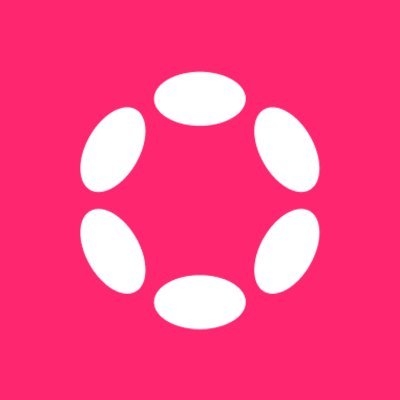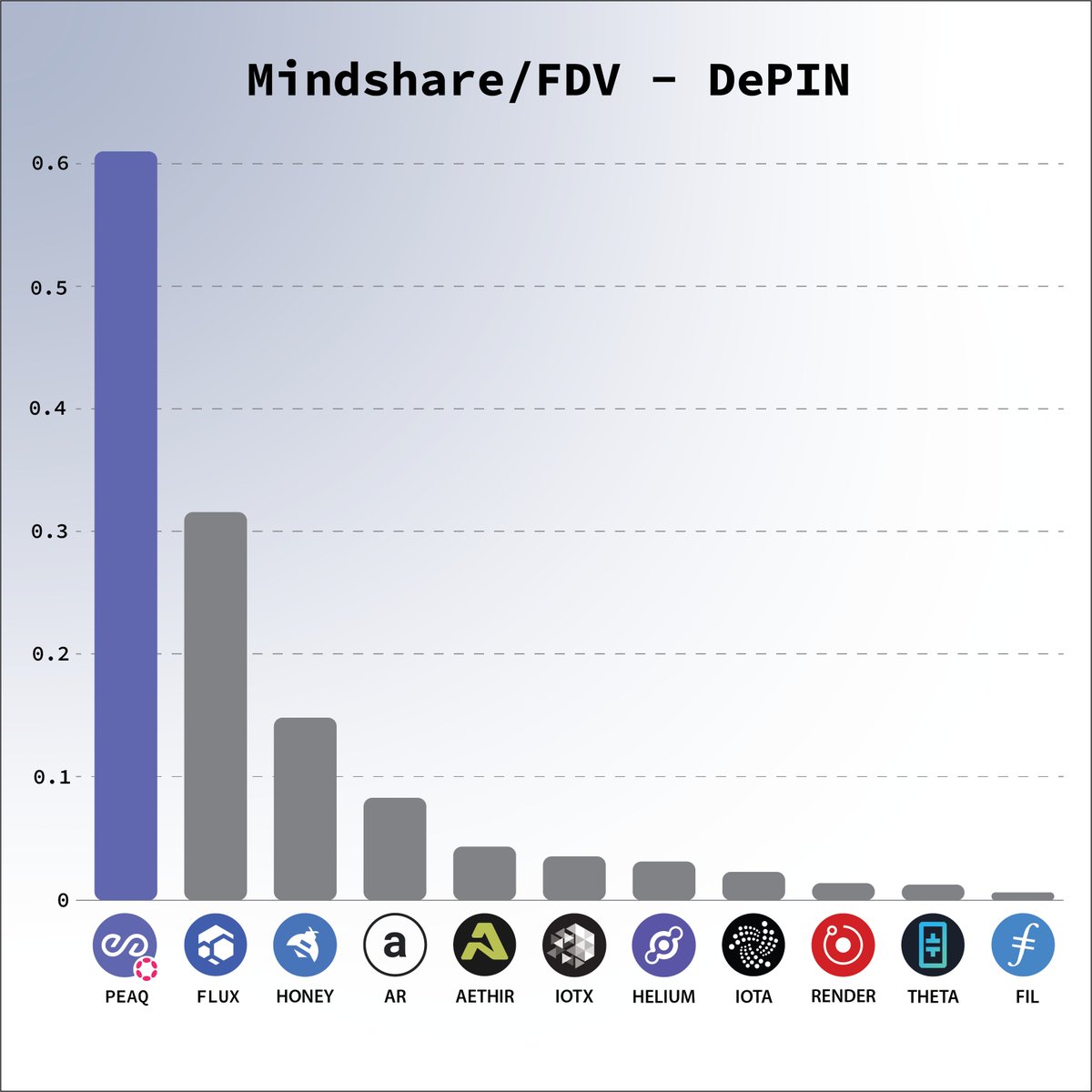MIOTA price
in EURCheck your spelling or try another.
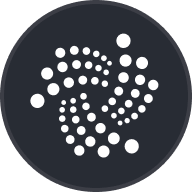

About MIOTA
MIOTA’s price performance
MIOTA on socials
Guides

MIOTA FAQ
IOTA is a distributed ledger that uses the directed acyclic graph (DAG) structure to process fast and efficient transactions. MIOTA is the ticker of the platform's native token and serves to create a machine economy that supports many real-life applications of the Internet of Things (IoT).
MIOTA's distributed ledger technology, Tangle, can be imagined as a multi-dimensional blockchain. It allows value transfer without any gas fees and stores the records immutably on the network.
The open-source framework and DAG architecture facilitate its scalability and fast, feeless transactions. The network does not employ miners or validators. This automatically makes transactions faster, allowing network participants to secure on-chain data.
Easily buy IOTA tokens on the OKX cryptocurrency platform. OKX's spot trading terminal includes the IOTA/USDT trading pair.
You can also swap your existing cryptocurrencies, including XRP (XRP), Cardano (ADA), Solana (SOL), and Chainlink (LINK), for IOTA with zero fees and no price slippage by using OKX Convert.
Dive deeper into MIOTA
IOTA is an open-source distributed ledger that can make secure and valid transactions without using a traditional blockchain network. The ticker symbol of its native token is MIOTA.
IOTA network decided on a different architecture for their project after recognizing the shortcomings of blockchain and its inability to scale to the enterprise level. It follows a directed acyclic graph (DAG) structure called the Tangle. Unlike traditional blockchain architecture, Tangle is a parallel blockchain system that processes transactions.
With Tangle, the IOTA protocol does not require miners or validators to confirm transactions in advance. As a result, the IOTA network is faster, simpler, energy efficient, and scalable.
Mana is a reputation-based system introduced in the IOTA network to help address conflicts and promote efficient and fair access to resources. It serves as a mechanism for users to express their influence over the network and gain priority in selecting transactions to be included in the Tangle. By accumulating mana, users can increase their chances of having their transactions confirmed and enable a more reliable and secure network operation.
IOTA and its foundation create scalable solutions in the Internet of Things (IoT) ecosystem that are not limited to any industry. Its fast network helps support complex architectures and can have many use cases, such as building smart cities or providing digital identities.
MIOTA price and tokenomics
MIOTA has a maximum supply of 2.8 billion dollars, making MIOTA a non-inflationary cryptocurrency. One MIOTA is equivalent to one million iotas, like how satoshis are to BTC.
MIOTA is the utility token of the project. It serves as a payment for transactions executed on the network and can be used to initiate smart contracts. It also has staking capabilities, allowing holders to pledge a portion of their tokens to the network for a reward. Additionally, it allows developers to build smart contracts and decentralized applications (dApps).
About the founders
Founded in 2015, IOTA was created by David Sonstebo, Dominik Schiener, Dr. Serguei Popov, and Serge Ivancheglo. Scheiner and Sonstebo share the co-chairmen seat on the board of directors, while Popov leads the foundation's research department.
Due to internal conflicts, co-founders David Sonstebo and Sergey Ivancheglo resigned from the board of directors in 2019. The director of research, Serguei Popov, later became the board's co-founder and member.
Earlybird Venture Capital, Outlier Ventures, and Robert Bosch Venture were the first institutional backers of the IOTA initiative. IOTA has also secured partnerships with reputed brands like Dell and Jaguar. Additionally, it is backed by many exchanges, such as Bitfinex and Huobi.
Disclaimer
OKX does not provide investment or asset recommendations. You should carefully consider whether trading or holding digital assets is suitable for you in light of your financial condition. Please consult your legal/tax/investment professional for questions about your specific circumstances. For further details, please refer to our Terms of Use and Risk Warning. By using the third-party website ("TPW"), you accept that any use of the TPW will be subject to and governed by the terms of the TPW. Unless expressly stated in writing, OKX and its affiliates (“OKX”) are not in any way associated with the owner or operator of the TPW. You agree that OKX is not responsible or liable for any loss, damage and any other consequences arising from your use of the TPW. Please be aware that using a TPW may result in a loss or diminution of your assets. Product may not be available in all jurisdictions.




